Imagine leading your team into the future, where the right HR software software stack becomes your secret weapon for thriving in 2026’s rapidly changing workplace. The world of HR is only getting more complex, with leaders juggling remote workforces, ever-changing compliance rules, the hunt for global talent, and an explosion of data-driven decisions.
This guide shines a spotlight on the top 10 hr software software tools set to dominate 2026. You’ll discover category leaders in HRIS, EOR, managed payroll (with Agile HERO front and center), performance management, recruitment ATS, learning, and more.
Ready to transform your HR strategy? Dive in, and find out which solutions will give your organization the edge it needs to succeed.
Key HR Software Categories for 2026
The workplace in 2026 looks nothing like it did just a few years ago. HR leaders are navigating a maze of global hiring, hybrid schedules, and rapid-fire compliance changes. The right hr software software stack now determines whether a company thrives or falls behind.
The Evolving HR Technology Landscape
Imagine a fast-growing startup launching new offices in three continents at once. What powers their success? The answer is the right hr software software for every aspect of the employee journey.
Key HR Categories for 2026:
-
EOR, Managed Payroll & Global Mobility: Agile HERO leads this space, making it easy to hire, pay, and relocate talent in over 100 countries, all while staying compliant.
-
HRIS (Human Resource Information Systems): Centralizes employee data, automates workflows, and keeps records secure.
-
Performance Management: Modern platforms drive continuous feedback, goal setting, and real-time analytics.
-
Recruitment ATS (Applicant Tracking Systems): Streamlines hiring, empowers recruiters with AI, and improves candidate experience.
-
Employee Engagement & Learning: Tools that boost morale, gather feedback, and support upskilling are now essential.
AI, automation, and analytics are no longer optional in hr software software. Companies crave real-time insights and data-driven decisions. Integration and open APIs are shaping buying decisions, allowing seamless connections between payroll, HRIS, and recruitment tools.
The rise of remote and hybrid teams means global reach is now a must-have. Security, compliance, and a stellar employee experience have become non-negotiable. Real companies, like a tech unicorn expanding into Asia, rely on advanced hr software software to onboard hundreds of employees without missing a beat.
According to HR Software Adoption Statistics 2025, over 78% of organizations increased HR tech budgets in the past year, with ROI from digital HR tools climbing as much as 250%. The hr software software market is predicted to grow even faster as businesses chase agility and scale.
How to Choose the Right HR Software
Selecting hr software software is more than comparing price tags. It is about finding the perfect fit for your company’s size, industry, and global ambitions.
What should you look for?
-
Scalability: Will your software grow with you?
-
User Experience: Is it intuitive for both HR and employees?
-
Integrations: Does it connect with your payroll, ATS, and learning platforms?
-
Support: Is help available when you need it most?
Small businesses often benefit from all-in-one hr software software, while enterprises may prefer best-of-breed solutions for each HR function. Real-world success stories show that a thoughtful rollout and strong change management are just as important as the technology itself.
Avoid common pitfalls by involving stakeholders early, prioritizing data security, and planning for integration. Remember, the right hr software software can transform HR from an administrative center to a strategic powerhouse.
Top 10 HR Software Tools for 2026 Success
Choosing the right hr software software stack in 2026 can feel like standing at a crossroads during rush hour. Every path leads to a different tool, each promising to transform your HR game. But which ones truly deliver? Here’s your insider’s guide to the top 10 category-defining solutions, each designed to help you thrive in a world of global teams, compliance puzzles, and relentless change.
Agile HERO – Global EOR, Managed Payroll & Mobility
Meet Agile HERO, the HR software solution rewriting the rules for global hiring, payroll, and compliance. Imagine a fast-growing tech startup ready to hire in 12 countries overnight. Instead of drowning in legal red tape, wuse Agile HERO to onboard talent in APAC and Europe, manage payroll, and ensure compliance.
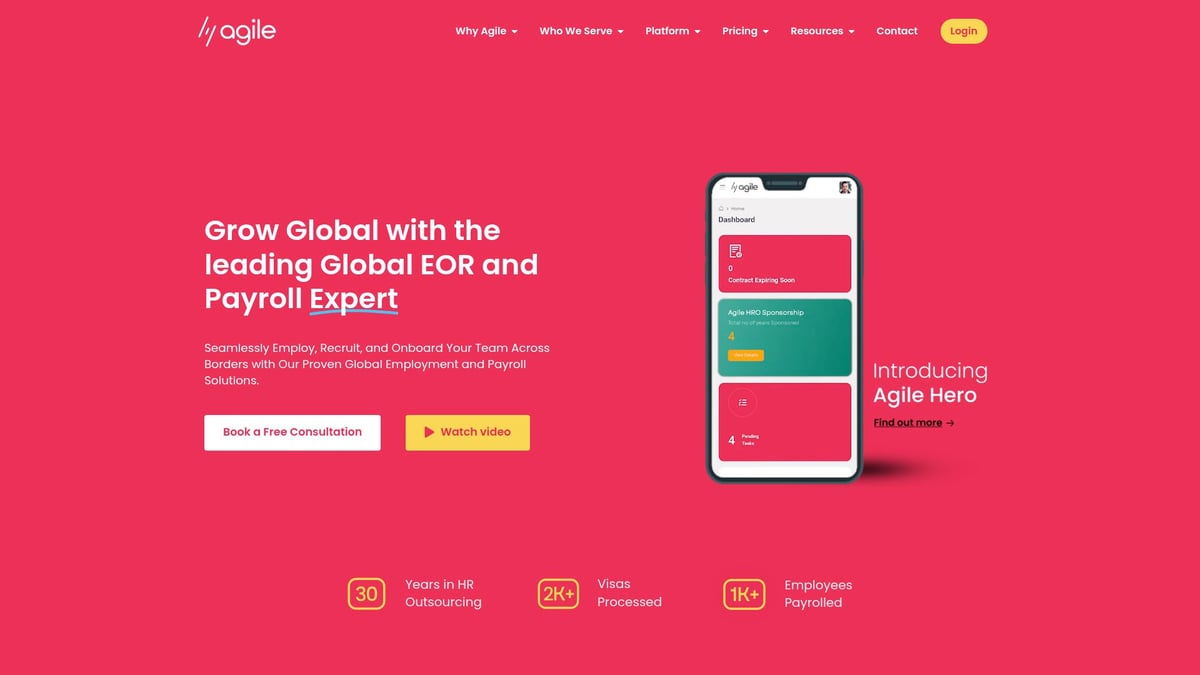
Key Features:
-
Employer of Record (EOR) for 100+ countries
-
Managed payroll and mobility services
-
Visa processing, HR consulting, compliance expertise
Why it stands out: Agile HERO blends high-touch local expertise with a sleek, technology-driven platform. Whether you’re a startup or a global giant, scaling across borders becomes seamless.
Pros:
-
Simplifies international hiring
-
Reduces compliance risk
-
Fast onboarding and excellent support
Cons:
-
Not a full HRIS
-
Works best as a global employment solution
Did you know? The global EOR market is booming, with companies saving millions by avoiding compliance penalties. Agile HERO is at the heart of this hr software software revolution.
BambooHR – Best for Core HRIS
Picture a creative agency drowning in spreadsheets. BambooHR swoops in as their hr software software hero, centralizing employee records and automating time-off requests.
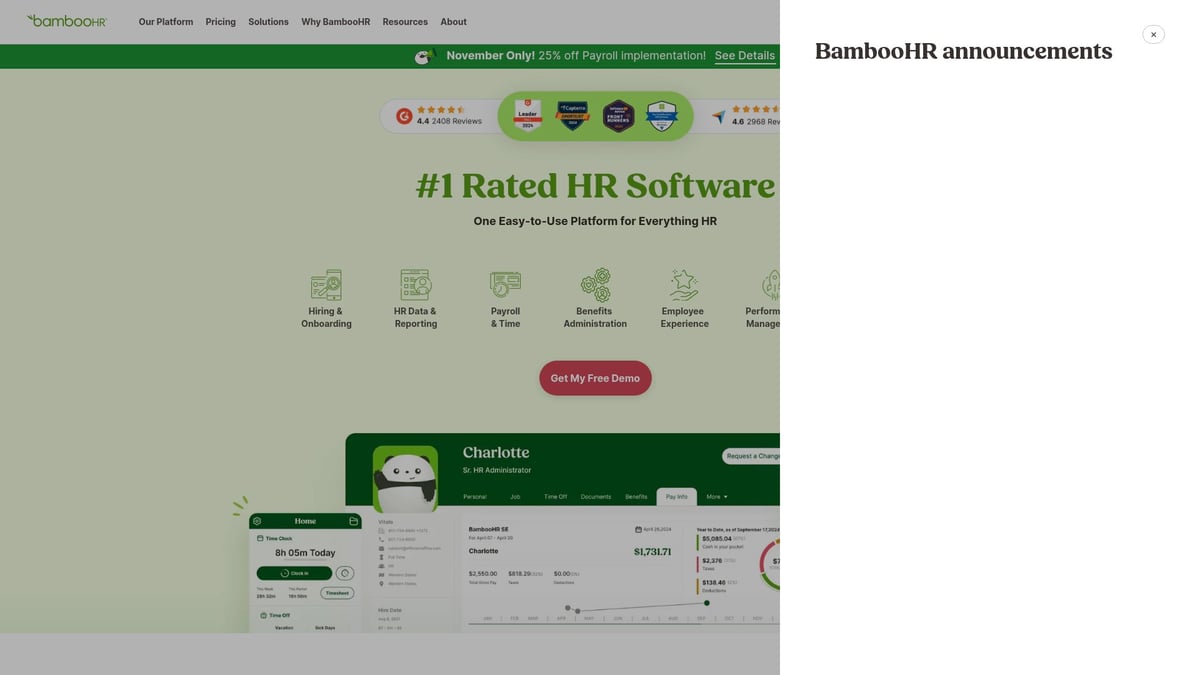
Key Features:
-
Employee record management
-
Time-off tracking, document management
-
Customizable workflows, mobile app
Why it stands out: Its user-friendly interface and robust integrations make onboarding a breeze for SMBs and mid-sized businesses.
Pros:
-
Easy setup and onboarding
-
Excellent user reviews
-
Strong integration ecosystem
Cons:
-
Limited advanced analytics
-
Not built for global payroll
Story: After adopting this hr software software, the agency cut admin time in half and scaled confidently. BambooHR’s HRIS adoption rates among SMBs have soared in recent years.
Workday – Enterprise HRIS & Analytics
Imagine a Fortune 500 company managing a workforce spread over six continents. Workday becomes their hr software software backbone, combining advanced HRIS, payroll, and deep analytics.
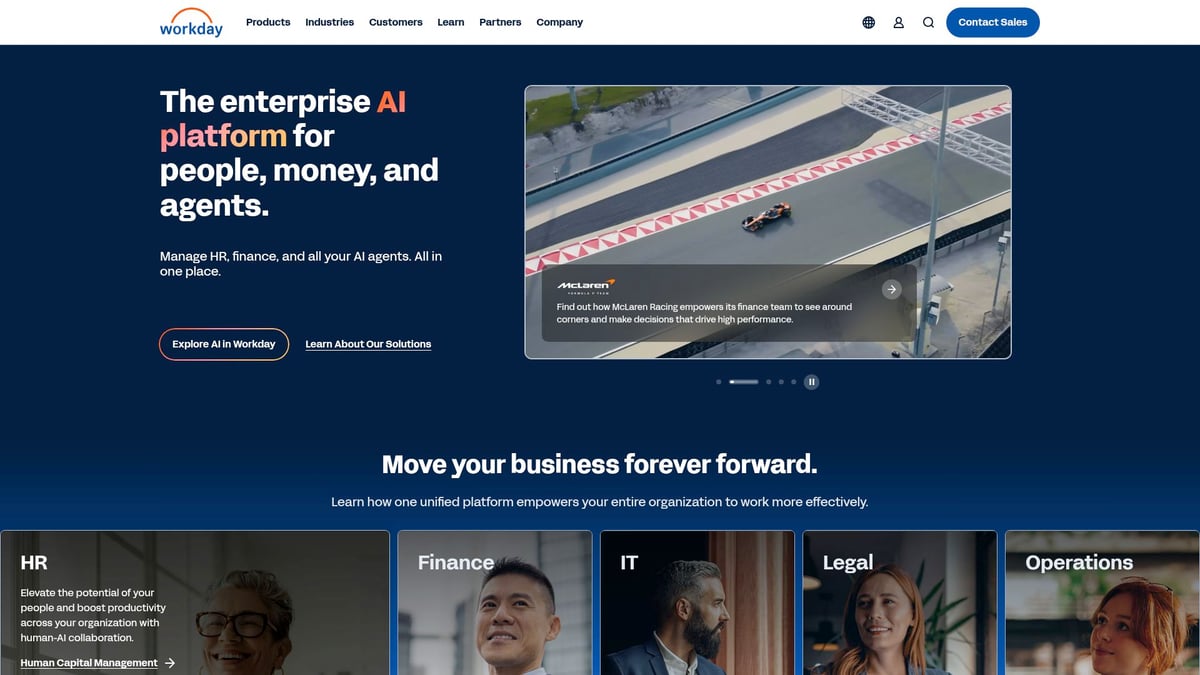
Key Features:
-
Workforce planning, analytics, payroll
-
Talent and performance management
-
Global compliance tools
Why it stands out: Workday’s scalability and powerful reporting keep enterprises ahead of the curve.
Pros:
-
Deep functionality and analytics
-
Frequent, innovative updates
Cons:
-
High cost, complex implementation
-
Requires dedicated resources
Anecdote: One multinational used Workday to streamline operations across 30 countries, driving measurable ROI. Workday’s market share in enterprise hr software software continues to expand.
Greenhouse – Leading ATS for Recruitment
A scaling SaaS company needs to fill tech roles worldwide. Greenhouse is their hr software software of choice, transforming recruitment from chaos to clarity.
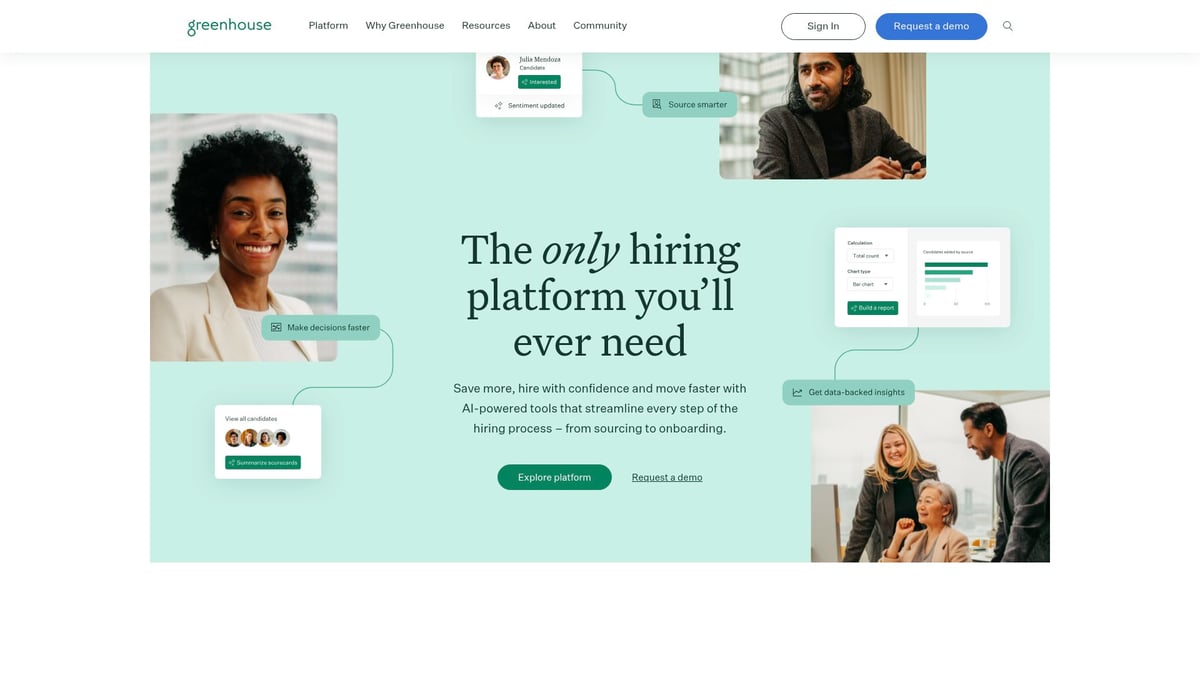
Key Features:
-
Applicant tracking, interview scheduling
-
DEI tools, onboarding, scorecards
-
Advanced recruiting analytics
Why it stands out: Greenhouse’s structured hiring and powerful integrations help high-growth teams build winning pipelines.
Pros:
-
Intuitive user experience
-
Robust API and analytics
Cons:
-
Pricey for small businesses
-
Learning curve for advanced features
Example: After switching to Greenhouse, the SaaS firm reduced time-to-hire by 40 percent. ATS adoption in fast-growing companies keeps rising, proving the value of this hr software software.
Culture Amp – Employee Engagement & Feedback
A retail brand battles high turnover. Enter Culture Amp, the hr software software that turns feedback into action and engagement into retention.
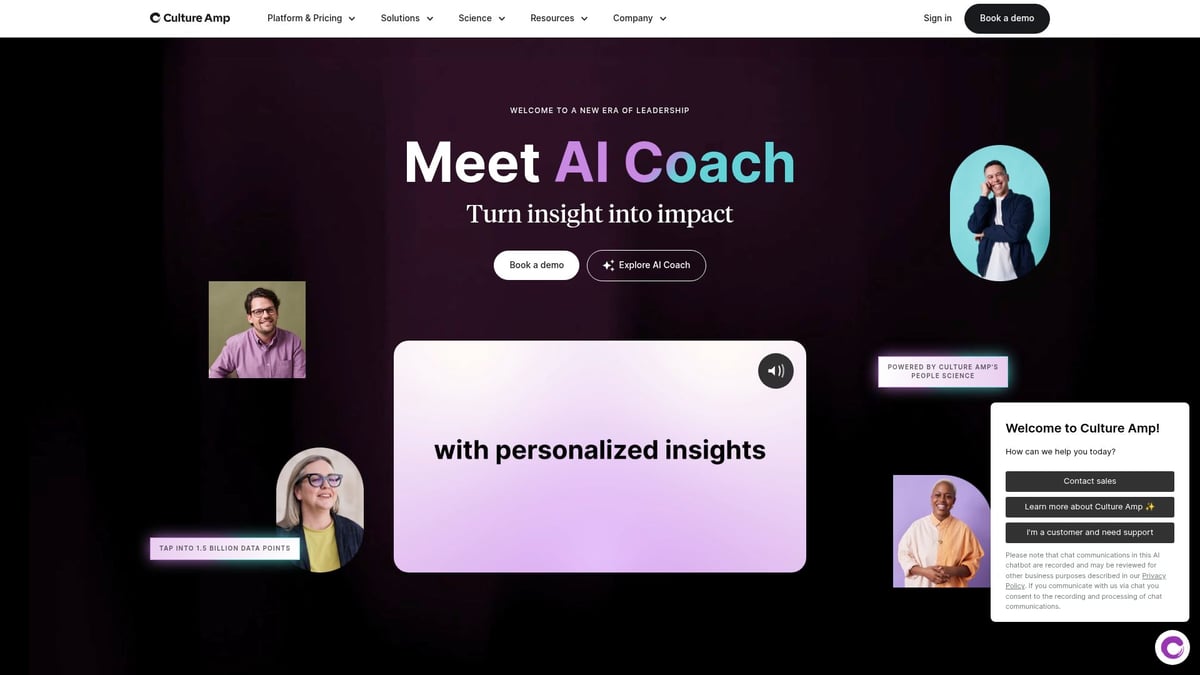
Key Features:
-
Employee surveys, performance reviews
-
Action planning, analytics
-
Science-backed templates
Why it stands out: Culture Amp’s continuous listening tools drive real culture change.
Pros:
-
Easy survey deployment
-
Actionable insights, excellent support
Cons:
-
Limited HRIS features
-
Best as a point solution
Story: By leveraging this hr software software, the retailer cut turnover by 20 percent. Engagement platforms like Culture Amp are transforming retention strategies everywhere.
Lattice – Performance Management Platform
A tech company wants to inspire peak performance. Lattice becomes their hr software software partner, aligning OKRs, feedback, and engagement in one unified platform.
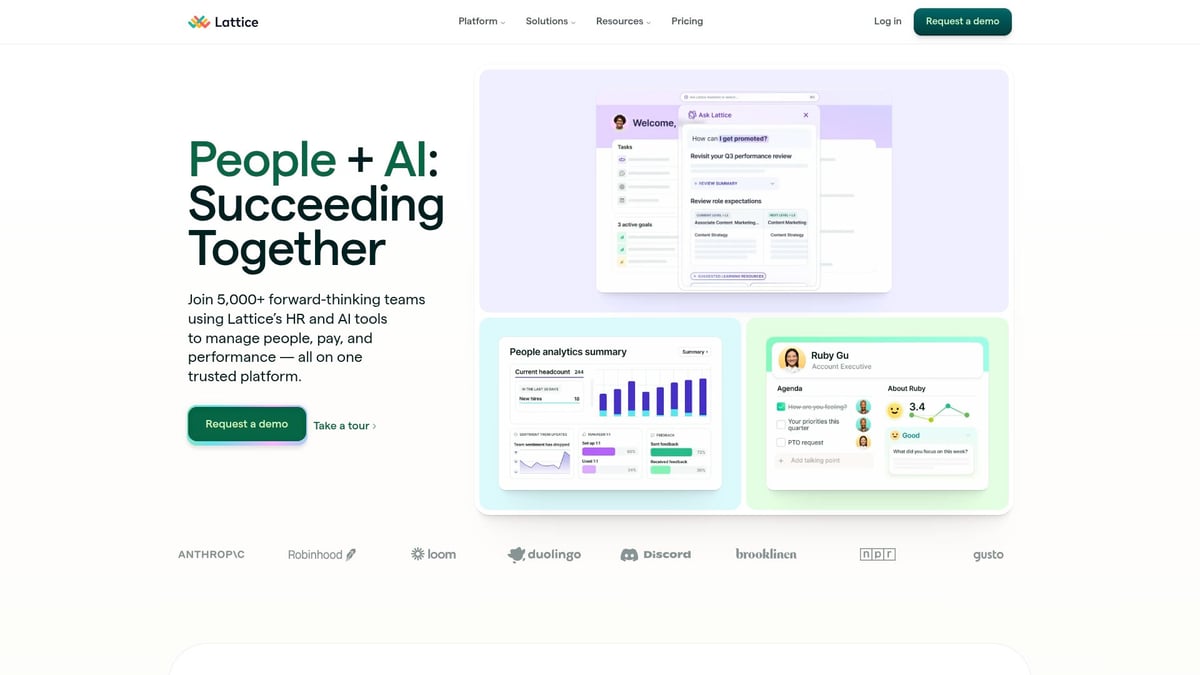
Key Features:
-
Performance reviews, OKRs, 1:1s
-
Feedback, goal tracking, surveys
-
Customizable review cycles
Why it stands out: Lattice unifies performance and engagement, creating a culture of growth.
Pros:
-
Flexible workflows and integrations
-
Strong analytics
Cons:
-
Some features require higher-tier plans
-
Not a full HRIS
Example: This hr software software helped the tech firm boost productivity by 18 percent. Performance management ROI statistics continue to impress as companies invest in Lattice.
Gusto – Payroll & HR for SMBs
A startup founder dreads payday paperwork. Gusto’s hr software software steps in, automating payroll, benefits, and compliance for US-based SMBs.
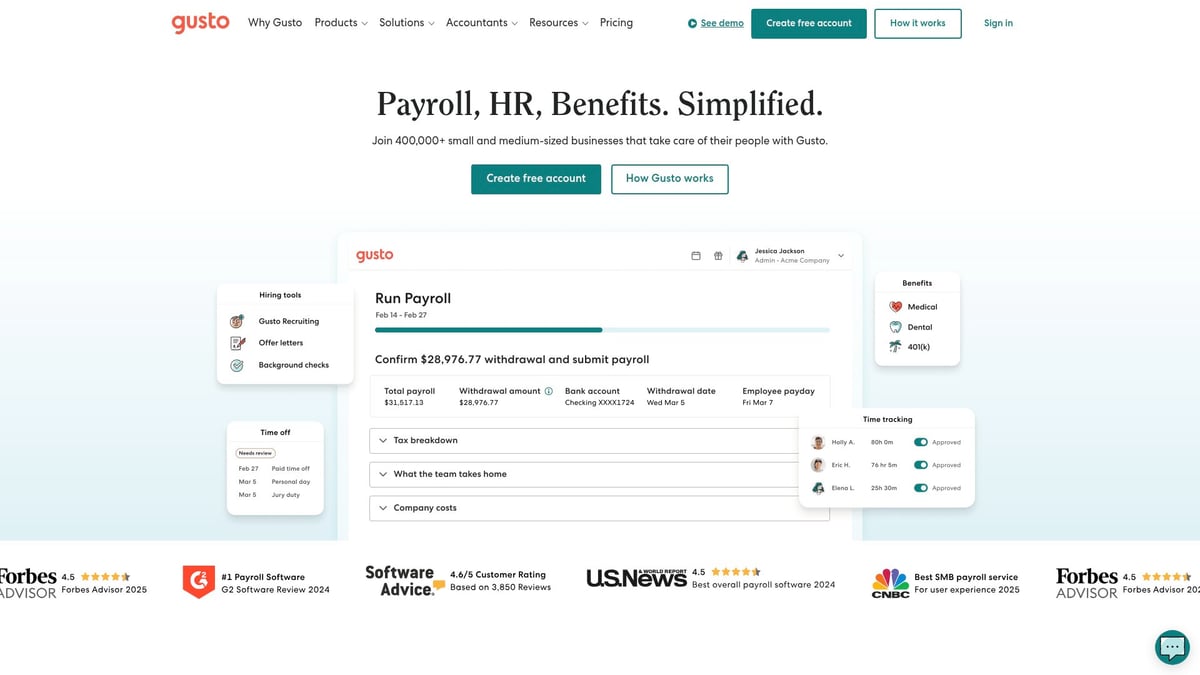
Key Features:
-
Payroll, onboarding, time tracking
-
Benefits administration, compliance support
-
Intuitive dashboard
Why it stands out: Gusto is affordable, easy to use, and built for small business agility.
Pros:
-
Strong customer service
-
Streamlined onboarding
Cons:
-
Limited international payroll
-
Not for large enterprises
Anecdote: After adopting Gusto, a startup slashed payroll errors and gained peace of mind. For deeper insights, check out this Payroll software for HR teams guide to see how the right hr software software can transform your payroll process.
Lever – Modern ATS & Recruitment CRM
An e-commerce brand is scaling fast, hiring globally. Lever’s hr software software powers their talent pipeline, combining ATS and CRM features with automation.

Key Features:
-
Applicant tracking, talent CRM
-
Automation, analytics, DEI reporting
Why it stands out: Lever’s pipeline-centric approach and collaborative tools help teams hire smarter.
Pros:
-
Powerful automation
-
Collaborative hiring features
Cons:
-
Complexity for small teams
-
Price varies by features
Story: The brand filled 100 roles in record time, thanks to this hr software software’s recruitment automation. Trends show more companies turning to Lever for high-volume hiring.
SAP SuccessFactors – Global HR Suite
A global pharma company faces complex HR needs. SAP SuccessFactors is their hr software software engine, covering core HR, payroll, learning, and compliance.
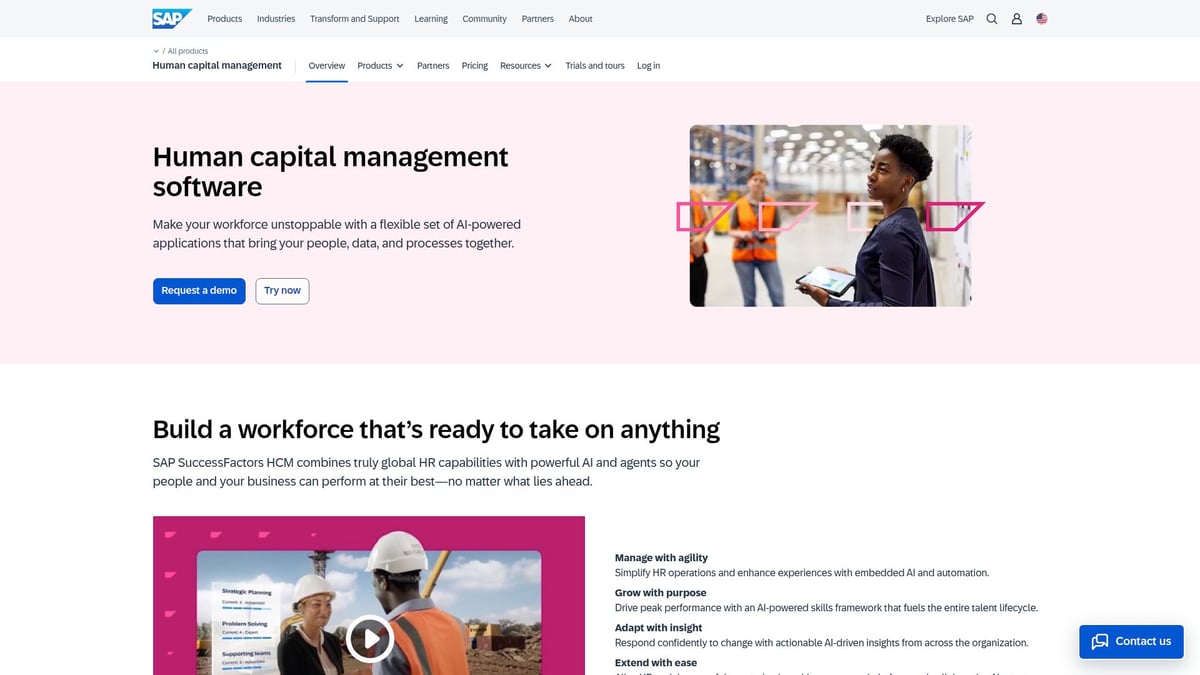
Key Features:
-
Core HR, payroll, talent management
-
Learning, analytics, international compliance
-
Deep integrations
Why it stands out: SAP SuccessFactors is trusted by multinationals for its comprehensive, end-to-end hr software software suite.
Pros:
-
Global language support
-
Strong compliance features
Cons:
-
Expensive, long implementation
-
Requires training
Example: After a global rollout, the pharma giant unified HR data and compliance across 50 countries. Adoption rates for global HR suites like this hr software software continue to climb.
Docebo – Learning Management System (LMS)
A consulting firm wants to upskill its global workforce. Docebo’s hr software software delivers scalable eLearning, AI-driven content, and mobile learning.
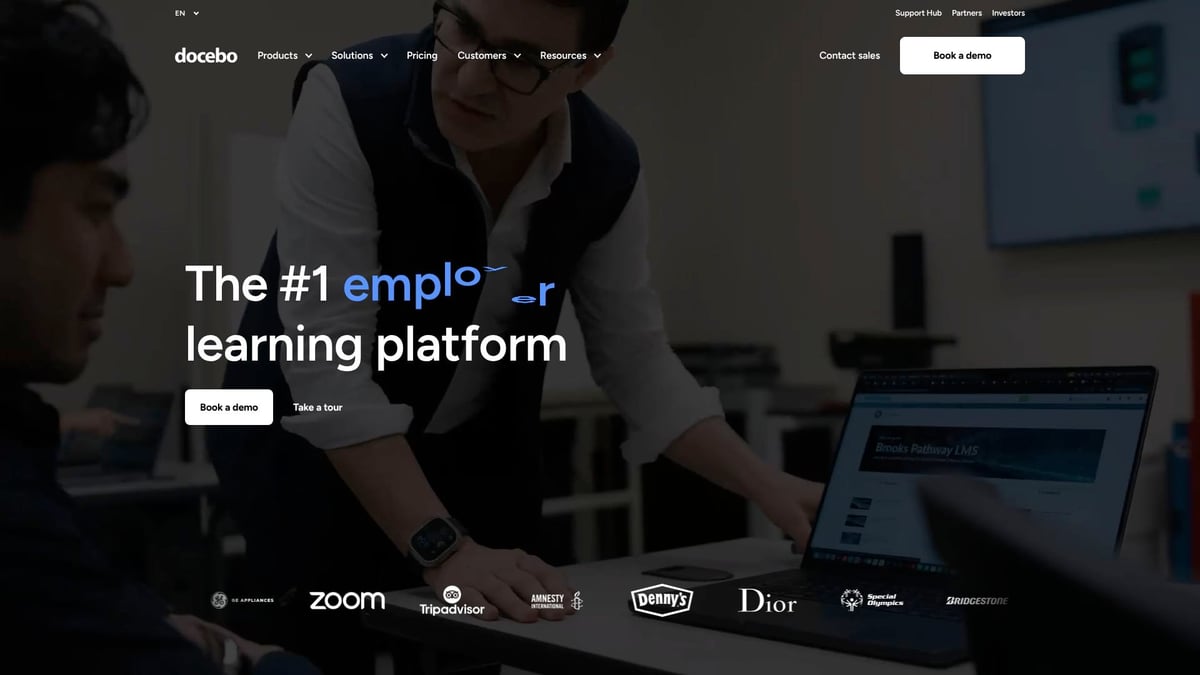
Key Features:
-
eLearning, course authoring
-
AI recommendations, mobile learning
-
Robust integrations
Why it stands out: Docebo supports blended learning and rapid scaling, making it ideal for organizations investing in development.
Pros:
-
Flexible, easy to scale
-
Supports blended learning
Cons:
-
Complex for small teams
-
Premium features add cost
Story: The firm launched global compliance training in weeks, not months, with this hr software software. LMS ROI and adoption in 2026 are reaching new highs.
Quick Comparison Table
|
Tool |
Category |
Best For |
Unique Benefit |
|---|---|---|---|
|
Agile HERO |
EOR/Payroll |
Global teams |
High-touch, fast onboarding |
|
BambooHR |
HRIS |
SMBs, mid-sized businesses |
User-friendly, integrations |
|
Workday |
Enterprise HRIS |
Large, global enterprises |
Deep analytics, scalability |
|
Greenhouse |
ATS |
High-growth companies |
Structured hiring, DEI tools |
|
Culture Amp |
Engagement |
Culture-focused organizations |
Science-backed insights |
|
Lattice |
Performance Mgmt |
Performance-driven companies |
Unified OKRs, feedback |
|
Gusto |
Payroll/HR |
US SMBs, startups |
Affordable, intuitive |
|
Lever |
ATS/CRM |
High-volume recruiters |
Pipeline-centric, automation |
|
SAP SuccessFactors |
HR Suite |
Multinationals, regulated |
End-to-end compliance |
|
Docebo |
LMS |
Learning-focused companies |
AI-driven, scalable |
With the right hr software software stack, you can unlock agility, compliance, and a winning employee experience in 2026.
Integrating Your HR Tech Stack for Maximum Impact
Bringing together the right hr software software is more than a technical upgrade—it is a strategic move that shapes the future of your organization. In 2026, integration is the secret ingredient for a seamless employee experience, real-time insights, and scalable growth. But how do you ensure every piece fits together to unlock the full power of your HR stack?
Building a Connected HR Ecosystem
Imagine your HRIS, payroll, recruitment ATS, and performance management tools working in perfect harmony. Integration means no more data silos or duplicate entries. Instead, you gain a single source of truth, smoother onboarding, and faster decision-making.
Key HR Software Software Categories to Integrate:
-
Global EOR & Payroll: Agile HERO leads the way, connecting global hiring, payroll, and mobility with local compliance.
-
HRIS (Core HR): Centralizes employee data and links to other systems for unified records.
-
ATS (Recruitment): Streamlines hiring and passes candidate data to onboarding modules.
-
Performance Management: Shares goals, feedback, and analytics across platforms.
-
Learning Management (LMS): Tracks development linked to performance and compliance.
|
Category |
Integration Benefit |
Top Tool Example |
|---|---|---|
|
Global EOR/Payroll |
Unified global onboarding |
Agile HERO |
|
HRIS |
Central employee records |
BambooHR |
|
ATS |
Seamless hiring to onboarding |
Greenhouse |
|
Performance Mgmt |
Linked feedback & analytics |
Lattice |
|
LMS |
Connected learning paths |
Docebo |
By integrating your hr software software, you empower HR teams to automate workflows, improve accuracy, and deliver a consistent employee journey.
Best Practices and Overcoming Integration Challenges
Integration is powerful, but not always simple. Consider these best practices for building a future-ready HR ecosystem:
-
Prioritize open APIs: Choose tools that easily connect with others.
-
Map your workflows: Understand where data needs to flow between platforms.
-
Invest in middleware: Platforms can bridge gaps between apps.
-
Focus on security: Protect sensitive HR data at every connection point.
-
Train your team: Ensure everyone knows how to use the integrated stack.
Overcoming integration challenges like vendor lock-in or data silos requires clear planning and the right partners. For a deeper dive into real-world solutions, explore this Human resources solutions overview for practical insights.
If you want to learn more about how small businesses are navigating integration hurdles and adopting best practices, check out these HR Technology Integration Challenges.
Future-Proofing Your HR Software Software Stack
Looking ahead, the most successful HR teams will build stacks that are agile, secure, and AI-ready. Integration is no longer optional—it is the foundation for adapting to new regulations, global expansion, and evolving employee needs.
Whether you are scaling with Agile HERO for global employment, connecting a modern HRIS, or automating recruitment, investing in an integrated hr software software stack today sets your team up for success in 2026 and beyond.
Frequently Asked Questions About HR Software in 2026
Choosing the right hr software software for 2026 can feel overwhelming with so many options and evolving trends. Here are the most common questions HR leaders ask—along with actionable, concise answers to help your company thrive.
-
What’s the difference between HRIS, EOR, ATS, and all-in-one HR platforms?
HRIS (Human Resource Information System) is your core database for employee management. EOR (Employer of Record), such as Global Employer of Record solutions from Agile HERO, helps you compliantly hire and pay employees internationally. ATS (Applicant Tracking System) streamlines recruitment. All-in-one platforms combine these functions, but some companies prefer best-of-breed hr software software for each need. -
How do I know which hr software software is right for my business size and industry?
Consider your company size, growth plans, and unique requirements. SMBs often benefit from user-friendly, scalable tools like BambooHR (HRIS) or Gusto (payroll). Enterprises may require robust suites like SAP SuccessFactors. Industry compliance, remote work, and global payroll needs should guide your choice. -
What are the hidden costs of hr software software implementation?
Look out for setup fees, data migration, training, premium features, and integration costs. Some solutions require ongoing support contracts, so always review pricing transparency. -
How can hr software software help with global compliance and multi-country payroll?
EOR platforms such as Agile HERO simplify global hiring, payroll, and compliance by handling local regulations. This reduces risk and accelerates onboarding across borders. -
Are AI-powered HR tools worth the investment in 2026?
Yes, AI is transforming everything from recruitment to employee engagement. According to HR Software Market Growth Forecast, AI-driven hr software software platforms are driving productivity and better employee experiences. -
What integration options exist for connecting HR tools?
Look for platforms with open APIs and pre-built integrations. Middleware can connect HRIS, ATS, payroll, and LMS, helping you avoid data silos. -
How do I ensure data security and employee privacy with hr software software?
Select vendors with robust security certifications, encryption, and global compliance support. Always review their data privacy policies. -
Tips for a successful hr software software rollout and user adoption?
Prioritize change management, training, and clear communication. Pilot new systems with a small group, gather feedback, and scale thoughtfully for best results.After exploring the best HR software tools for 2026, you might be wondering how these solutions could work for your unique team or global ambitions. I get it—navigating the world of HR tech can feel overwhelming, especially with compliance, remote teams, and culture on the line. That’s where a real conversation helps. Imagine sitting down with someone who’s helped businesses in over 100 countries untangle the same challenges you face. If you’re curious how to create a smarter, more human HR experience for your company, let’s chat about the next steps. Book a Consultation